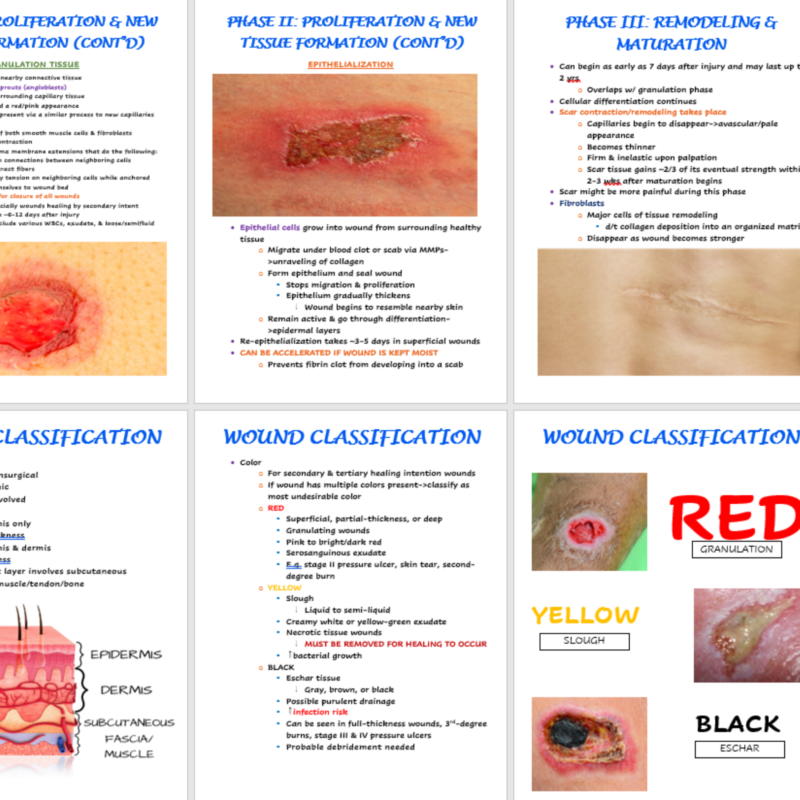Learning how to use self-heal for wound care can be incredibly beneficial, especially for those who are seeking natural alternatives. Many readers at kratomforum.org have expressed interest in exploring such methods, and this guide is designed to provide clear, practical advice. Understanding how to use self-heal for wound care effectively requires careful attention to detail, and we’ll cover everything you need to know to use it safely and successfully. This article will delve into the process of how to use self-heal for wound care, offering step-by-step instructions and valuable insights.
Understanding Self-Heal’s Properties for Wound Care
Self-heal, also known as Prunella vulgaris, is a herb with a long history of use in traditional medicine. Its purported wound-healing properties stem from its rich concentration of antioxidants and anti-inflammatory compounds. While research on self-heal’s efficacy in wound care is ongoing, many believe it can aid in the healing process by promoting faster tissue regeneration and reducing inflammation. However, it’s crucial to remember that how to use self-heal for wound care should always be approached with caution and in conjunction with proper medical advice, especially for serious wounds.
Preparing Self-Heal for Topical Application: A Step-by-Step Guide on How to Use Self-Heal for Wound Care
Before exploring how to use self-heal for wound care, proper preparation is essential. The most common method involves creating a topical application from the dried herb. First, carefully clean the wound with mild soap and water, ensuring all debris is removed. Then, gently dry the area. Next, prepare a self-heal infusion by steeping a small amount of dried herb in hot, but not boiling, water. Allow the mixture to steep for approximately 15-20 minutes, then strain it through a fine-mesh sieve to remove the plant material. The resulting liquid is ready for application. How to use self-heal for wound care correctly involves applying this infusion directly to the wound using a clean cotton swab or gauze.
Applying Self-Heal to the Wound: Mastering the Technique in How to Use Self-Heal for Wound Care
The application process for how to use self-heal for wound care is crucial. The infusion should be applied liberally to the affected area, ensuring it covers the entire wound surface. Avoid rubbing the area aggressively; instead, gently dab the infusion onto the skin. After application, allow the area to air dry completely. Depending on the size and severity of the wound, you may need to repeat this process several times a day. Always maintain meticulous hygiene to prevent infection. Remember, how to use self-heal for wound care effectively requires patience and consistency.
Monitoring Wound Healing and Potential Side Effects When Using Self-Heal for Wound Care
While self-heal is generally considered safe for topical application, it’s important to monitor the wound’s healing progress closely. Look for signs of improvement, such as reduced inflammation, faster tissue regeneration, and decreased pain. However, if you observe any adverse reactions, such as increased inflammation, allergic reactions (rash, itching, swelling), or signs of infection (pus, increased pain, redness), discontinue use immediately and consult a healthcare professional. Understanding how to use self-heal for wound care includes recognizing potential side effects and knowing when to seek professional medical help.
Combining Self-Heal with Other Natural Remedies for Optimal Wound Care

For minor wounds, how to use self-heal for wound care can be enhanced by combining it with other natural remedies. For instance, honey, known for its antibacterial and healing properties, can be used in conjunction with the self-heal infusion. Aloe vera gel, another natural remedy, can also soothe the wound and promote healing. However, always test a small area of skin first to check for any allergic reactions before applying any combination of remedies. Remember, while these methods can complement how to use self-heal for wound care, they shouldn’t replace professional medical attention for severe wounds.
How to Use Self-Heal for Wound Care: Addressing Specific Wound Types
How to use self-heal for wound care will vary slightly depending on the type of wound. For minor cuts and scrapes, the simple infusion application described earlier is usually sufficient. However, for more serious wounds such as burns or deep lacerations, self-heal should be used cautiously and in conjunction with conventional medical treatment. Always consult a doctor before using self-heal for these types of wounds. Understanding the nuances of how to use self-heal for wound care is essential for achieving optimal results.
Cautions and Considerations: Safe Practices in How to Use Self-Heal for Wound Care
Before embarking on how to use self-heal for wound care, consider the following precautions. Ensure the self-heal you use is of high quality and sourced from a reputable supplier. Always perform a patch test on a small area of skin before applying it to the wound to check for any allergic reactions. Avoid using self-heal on open wounds that are actively bleeding. If the wound shows no signs of improvement or worsens after a few days, seek professional medical attention. Knowing how to use self-heal for wound care safely is paramount.

How to Use Self-Heal for Wound Care: Frequently Asked Questions
Many people have questions about how to use self-heal for wound care. One common question is about the frequency of application. Generally, applying the infusion 2-3 times a day is sufficient for minor wounds. Another frequent question concerns the duration of treatment. Continue using self-heal until the wound has completely healed, but don’t exceed a week without seeing improvement. Always remember, how to use self-heal for wound care should be guided by common sense and medical advice when necessary.
The Importance of Professional Medical Advice: When to Seek Help While Using Self-Heal for Wound Care
While self-heal can be a valuable addition to your natural wound care arsenal, it’s crucial to remember that it’s not a replacement for professional medical attention. For serious wounds, deep lacerations, burns, or wounds showing signs of infection, always seek immediate medical help. How to use self-heal for wound care should be considered a complementary therapy, not a primary treatment for severe injuries.
How to Use Self-Heal for Wound Care: A Holistic Approach to Healing

How to use self-heal for wound care is part of a broader holistic approach to healing. This includes maintaining a healthy diet, getting enough rest, and managing stress levels. These factors play a significant role in the body’s ability to heal effectively. By combining natural remedies like self-heal with a healthy lifestyle, you can support your body’s natural healing processes and promote faster recovery.
Final Thoughts on How to Use Self-Heal for Wound Care
Learning how to use self-heal for wound care offers a potential natural approach to healing minor wounds. However, it is essential to remember the importance of proper preparation, careful application, and diligent monitoring. Always prioritize safety and hygiene, and seek professional medical advice for any serious wounds or adverse reactions. How to use self-heal for wound care should always be approached responsibly and with a full understanding of its limitations and potential benefits. By following these guidelines, you can confidently and effectively use self-heal as part of your holistic wound care routine.
Conclusion: Embracing Natural Wound Care with Confidence
Ultimately, how to use self-heal for wound care is a journey of understanding and responsible application. By combining the knowledge presented here with careful observation and the guidance of a healthcare professional when necessary, you can harness the potential benefits of this natural remedy. Remember that while self-heal can be a valuable tool, it’s crucial to prioritize safety and seek professional medical advice when needed. A balanced approach that integrates natural remedies with conventional medical care provides the most comprehensive and effective path to healing.
Tags: self-heal wound care, natural wound healing, herbal remedies, self-heal benefits, topical application

